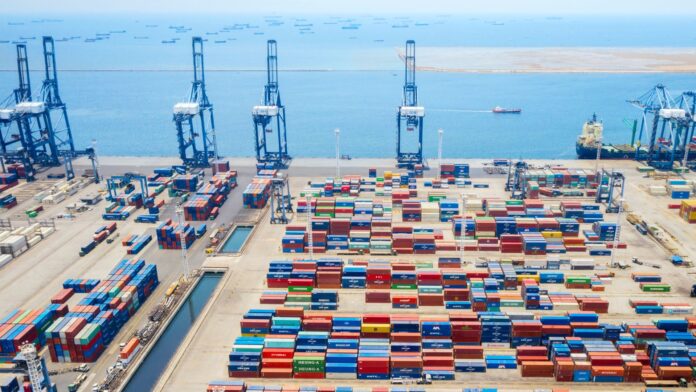In July 2024, AMRO maintains ASEAN+3 growth forecasts at 4.4% for 2024 and 4.3% for 2025, driven by favorable exports, strong domestic demand, and tourism, alongside launching the Regional Economy Dashboard.
Steady Economic Growth Forecast for ASEAN+3
In the July 2024 update, AMRO maintains growth forecasts for the ASEAN+3 region at 4.4% for 2024 and 4.3% for 2025. This outlook is supported by favorable export prospects, robust domestic demand, and a resurgence in tourism, all contributing to the region’s growth momentum. Both external and internal economic drivers are pivotal in projecting a balanced growth trajectory through 2025.
New Analytical Tool Introduced
AMRO has introduced the Regional Economy Dashboard (RED) alongside these forecasts. This tool offers comprehensive data and insights into the region’s economic health, aiding policymakers and analysts in their evaluations. Established to ensure macroeconomic and financial stability, AMRO covers 10 ASEAN members, along with China, Hong Kong, Japan, and Korea.
Source: ASEAN+3 Macroeconomic Research Office
The economic landscape of the ASEAN+3 regions exhibited commendable stability, driven by a robust recovery in exports alongside strong domestic demand. Countries within this collective, comprising ten ASEAN member states plus China, Japan, and South Korea, collectively demonstrated resilience in the face of global uncertainties.
A significant factor contributing to this stability was the recovery in international trade. The easing of global supply chain disruptions, coupled with the increased global demand, played a crucial role. The ASEAN+3’s integrated supply chains, which involve a strong manufacturing base, especially in electronics, automobiles, and consumer goods, saw a revival. This uptick in exports served as a catalyst, rejuvenating various sectors and triggering positive economic impulses across the region.
Moreover, domestic demand proved to be a pillar of strength. Bolstered by improved labor markets and sustained government support, consumer confidence surged. Governments across these nations have been proactive, implementing fiscal policies and social assistance programs aimed at maintaining disposable income levels and stimulating consumption. The expansion of digital economies also contributed, as e-commerce and digital payments saw unprecedented growth, making significant inroads into traditionally underserved areas.
Investments in infrastructure and innovation further propelled this growth momentum. Public and private sector collaborations focusing on infrastructure development—ranging from transportation networks to digital infrastructure—created a fertile environment for economic activities to thrive. Additionally, efforts to foster innovation and entrepreneurship added dynamism to the economy, encouraging startups and SMEs to enter the market.
Monetary policies played an instrumental role in supporting this growth. Central banks across the ASEAN+3 region maintained accommodative stances, ensuring liquidity in the financial system and facilitating credit access for businesses. Such policies helped sustain investment and consumption, vital for economic continuity.
Thus, the ASEAN+3 area’s economic growth momentum remained steady owing to a synergistic effect of recuperating exports and strong domestic demand. The strategic blend of supportive policies, infrastructure investments, and innovation initiatives underpinned the region’s resilience and overall economic health.
Source : ASEAN+3 Growth Momentum Steady on Export Recovery, Solid Domestic Demand



